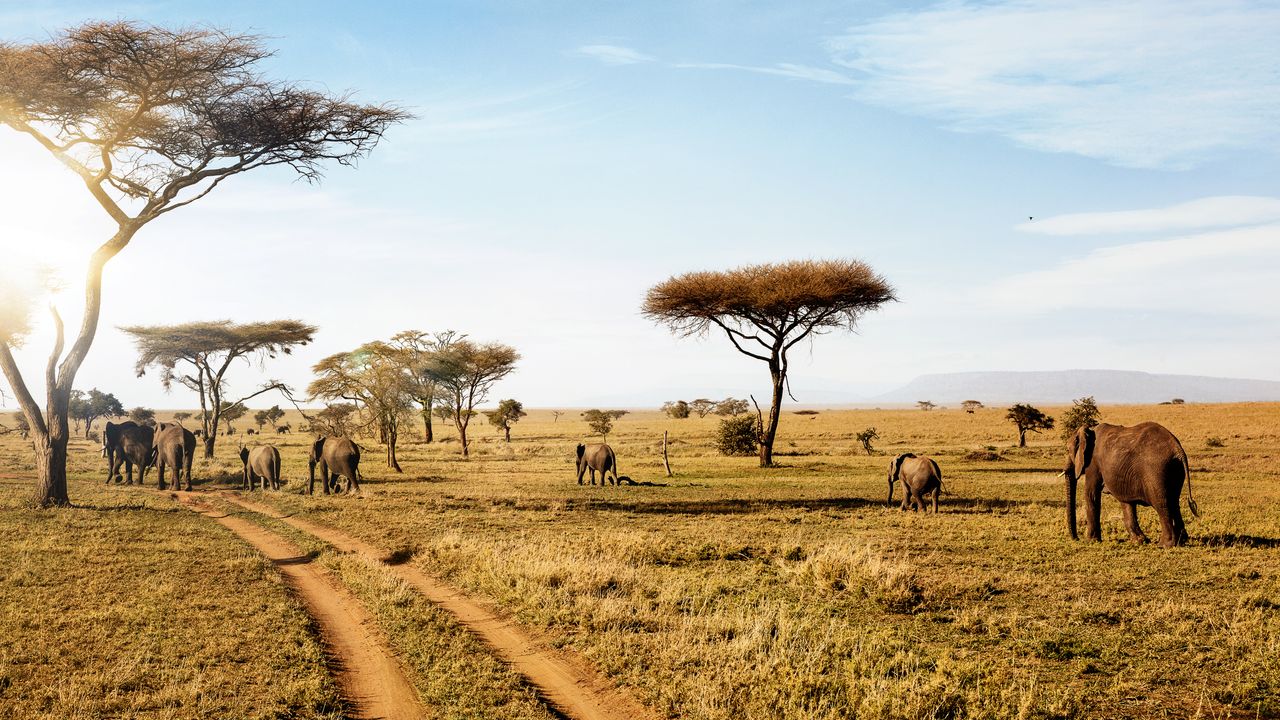Serengeti National Park: A Haven for Wildlife Conservation
The Serengeti National Park, located in Tanzania, is a world-renowned destination for wildlife enthusiasts and nature lovers. Spanning over 14,750 square kilometers, it is home to a diverse range of flora and fauna, making it one of the most biodiverse regions on the planet. The park’s conservation efforts, park fees, and rich birdlife make it a must-visit destination for anyone seeking an unforgettable safari experience.
Serengeti Conservation: Protecting Nature’s Treasures
The Serengeti National Park is committed to the conservation and preservation of its unique ecosystem. It is a UNESCO World Heritage Site and plays a crucial role in protecting the region’s wildlife and habitats. The park is famous for its annual wildebeest migration, where millions of wildebeests, zebras, and other herbivores travel in search of fresh grazing lands. This spectacle not only attracts tourists from around the world but also serves as a vital component of the park’s ecosystem.
The park’s conservation efforts extend beyond the migration. Serengeti is home to a diverse range of wildlife, including lions, elephants, giraffes, cheetahs, and many more. The park’s rangers and conservationists work tirelessly to protect these species from poaching, habitat loss, and other threats. Through anti-poaching patrols, community engagement, and education programs, the Serengeti National Park ensures the long-term survival of its precious wildlife.
Serengeti Park Fees: Supporting Conservation Efforts
Visitors to the Serengeti National Park are required to pay park fees, which contribute to the park’s conservation efforts. These fees help fund anti-poaching initiatives, habitat restoration projects, and community development programs. By paying the park fees, visitors actively participate in the conservation of the Serengeti’s unique ecosystem.
The park fees vary depending on the duration of stay and the type of vehicle used for safaris. It is advisable to check the official Serengeti National Park website or consult with a trusted tour operator to get the most up-to-date information on park fees. Remember, the fees you pay not only grant you access to this natural wonder but also contribute to its long-term conservation.
Serengeti Birdlife: A Paradise for Birdwatchers
While the Serengeti is famous for its large mammals, it is also a paradise for birdwatchers. With over 500 bird species, including both resident and migratory birds, the park offers a diverse avian experience. From the majestic African fish eagle to the colorful lilac-breasted roller, bird enthusiasts will be captivated by the park’s rich birdlife.
The Serengeti’s varied habitats, including grasslands, woodlands, and wetlands, provide a haven for different bird species. Whether you are a seasoned birder or a casual observer, the park offers ample opportunities to spot and appreciate a wide range of bird species.
Some of the notable bird species found in the Serengeti National Park include the secretary bird, ostrich, martial eagle, and the endangered Kori bustard. Birdwatching safaris can be arranged with experienced guides who can help you identify and learn about the various bird species that call the Serengeti their home.
Conclusion
The Serengeti National Park is a treasure trove of biodiversity and a testament to the importance of conservation efforts. By paying park fees and visiting this remarkable destination, you not only contribute to the preservation of this unique ecosystem but also have the opportunity to witness the wonders of nature up close. From the wildebeest migration to the diverse birdlife, the Serengeti offers an unforgettable safari experience that will leave you with memories to cherish for a lifetime.
